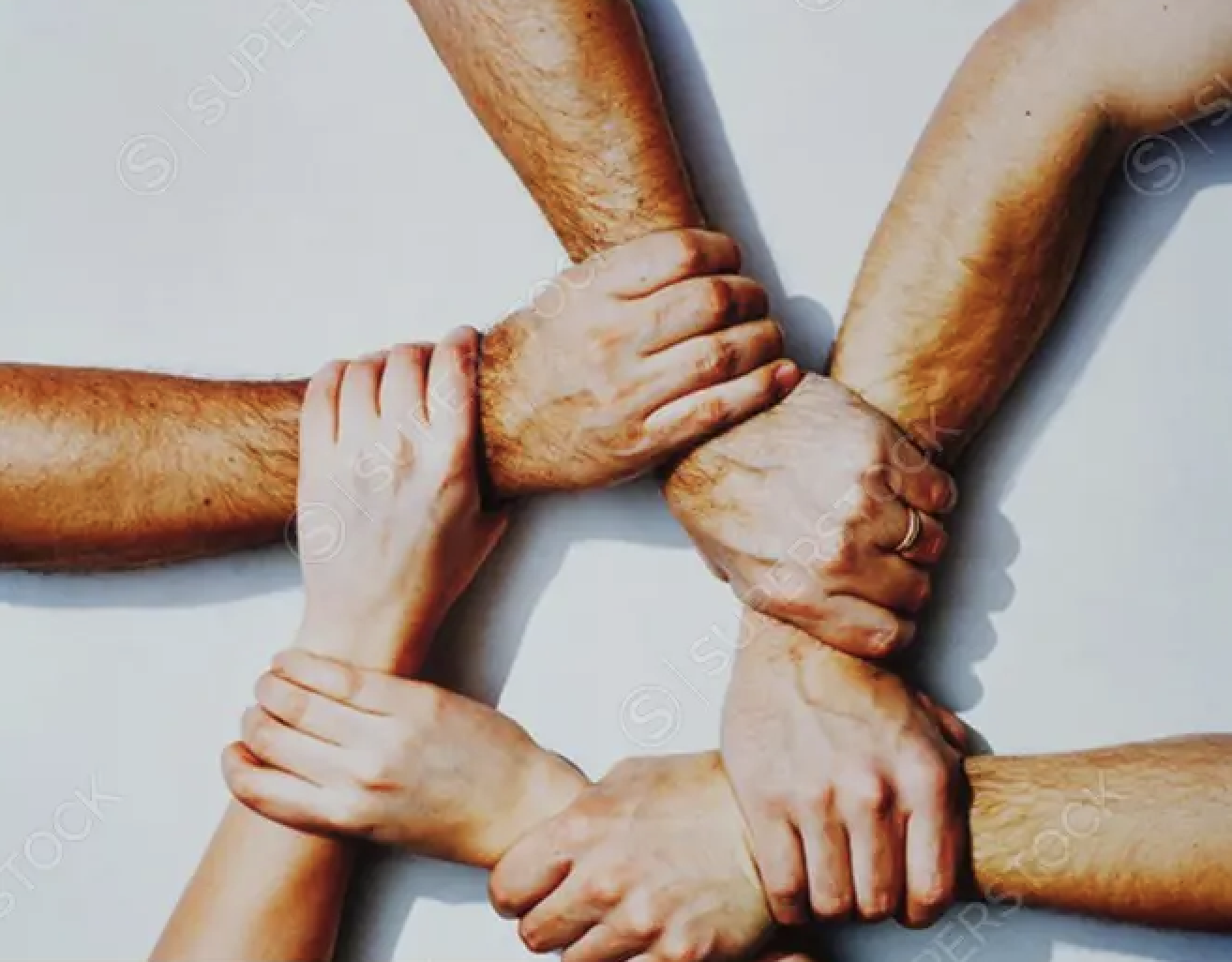The opposite of a king is not no-king. The greater purpose of resistance is not to escalate the intensity of polarity, but to meet that barrier and redistribute the tensions among more points of unique power.
Find the points of balance that turn tension into movement; such coherence can look like spokes on a wheel — seemingly going in different directions, yet finding a circumference-connection and starting to turn. Or it can look like a circle linking with others starting a cycle or cyclic motion.
Elementally, it looks like the elements: earth, water, air, fire, ether, forever changing and transmuting while remaining distinct.
When an environment is faced with one overwhelming element, health is restored not by guarding more against that element out of fear, it is by redressing the balance through strategic reintroduction and alliances. To create layers of symbiotic function again.
Likewise when a society is faced with one representative of a larger collective that cannot operate in coherence with the whole, but demonstrates an overwhelmed perspective that threatens to dam up the flow of power by an intolerant limited ability to take perspective, health is restored not by blocking the bravado with counter-resistance alone, but by meeting it with an equally strong counter-cultural movement that transmutes the energy.
Any good de-escalating strategy understands that exaggerated outer control is an expression of the counter imbalance within the self, and as such it can be extrapolated that such self-destructive limitations are simply being projected.
Through a diversity of strong environmental and social collectives as multi-faceted layers of society or forces of greater good within and among themselves, various groups can ‘absorb, mitigate, and redistribute’ attempts at imbalanced use of power without further enflaming the inferiority complexes, intolerance, or imbalanced apatite or aggression that fuel such actions.
We are discovering and demonstrating how many and layered forms of economy can fit within a democracy, and that this diversity is alive naturally within our various communities. Listening to another’s perspective and learning from it can support democracy, even when we share differing views. Many of the most fundamental collective goals are still united at the core, and so finding balance through values-alignment as well as diversity can help strengthen and connect our smaller localities whose voices help strengthen and empower our chosen repesentatives.
How is democracy a socio-political equivalent of ecological biodiversity?
In biodiversity, wealth is systemic and interconnected through multiple and infinitely layered economies (spectrums of values) of love, light, symbiosis, food, ecology, sociology, emotion, trade, thought, relationships, and shared resources.
Biologically, a healthy system is reliant on and defined by diversity — from experience, to forms, to genetic lineage. From trees choosing to strengthen their groves through interconnected roots and mycelium, to humans being healthier with greater diversity in our gene pools. From feeling stronger in relationships where we each have complimentary strengths, to societies being stronger for the gifts shared by natives and immigrants living toward shared goals together.
Our sense of pride for one another’s unique strengths— for example Portland’s ability to face bravado fueled by fear or divisiveness with the frequency of shared social values, silliness and fun to mitigate tensions— bolsters our own sense of collective recognition and alignment.
This testing of our boundaries, actually grows our collective awareness— some through witnessing and some through personally experiencing how our diverse groups and collectives are supporting one another rather than reacting to perceived threats.
Attention is drawn to various layers and groups that make up our inter-connected social strength— and we slowly realize — we are the democracy — it doesn’t just live in a document, or on television through a mysterious and unglamorous elite, but is alive and well in each of our local levels first and foremost, and that we empower ourselves and each other to represent our collective leadership.
Right now, our fears are out in the open and we are observing and learning. Whereas before we may not have realized, now we see where we do have choices outside of the traditional narrative with which to actively and creatively make decisions and respond.
There is a growing feeling of confidence and solidarity as others from around the world share in our learning curve. Yet this is true for groups of limited perspective, as well as global perspective. Wherein lies the balance?





